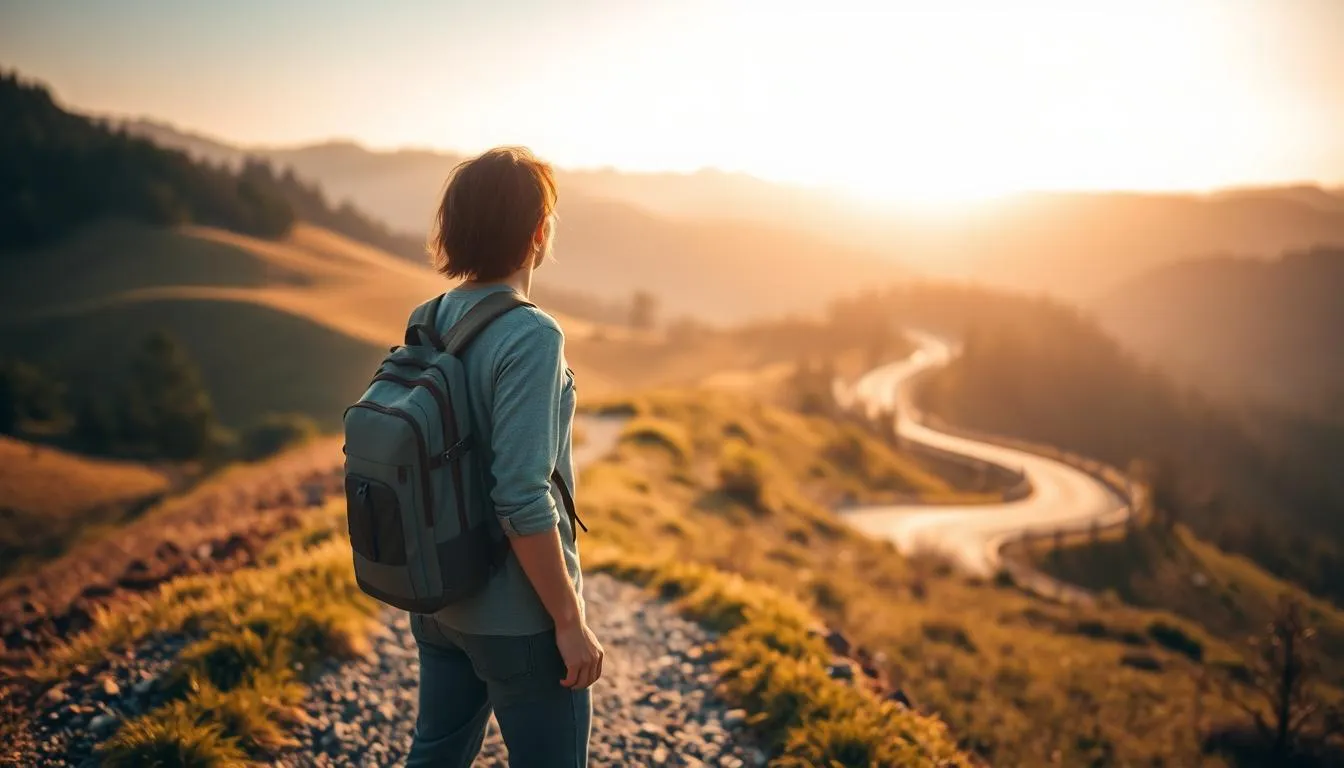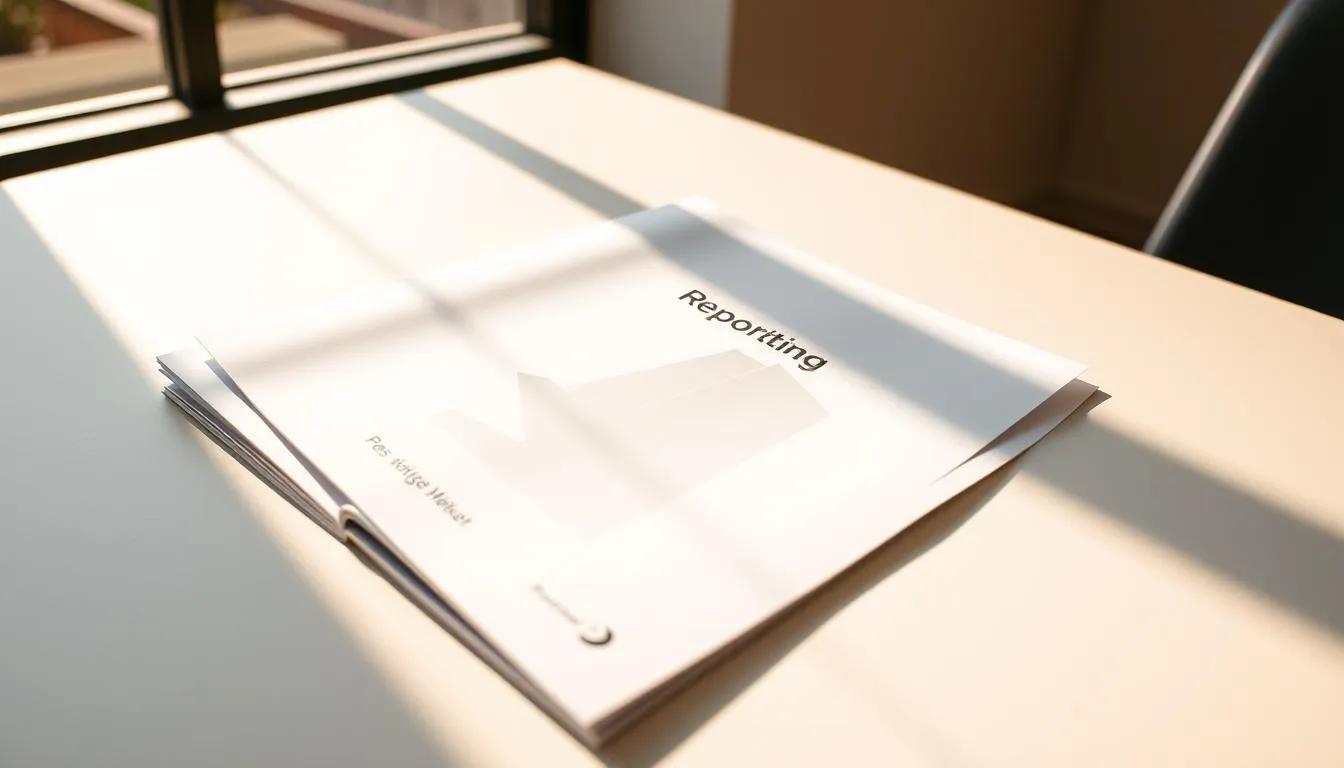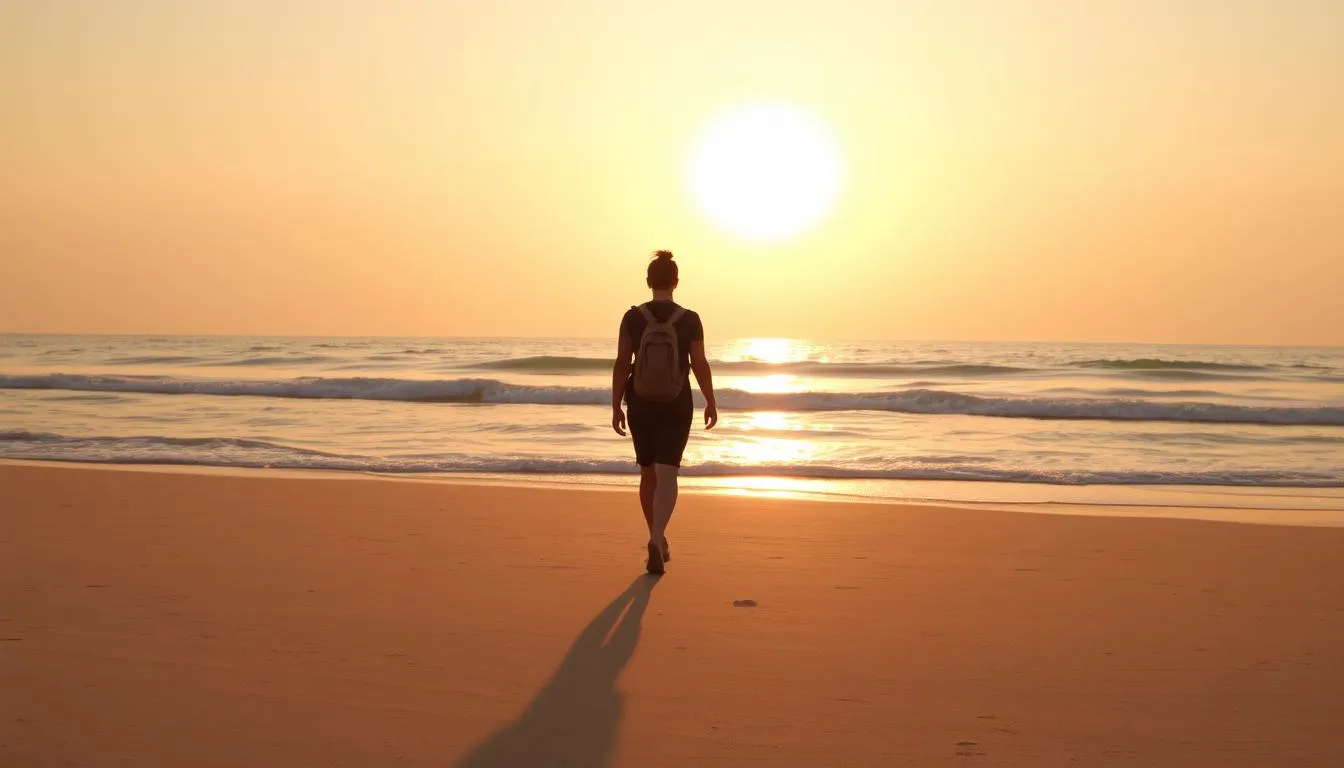Surprising fact: a major Hilton 2025 report found 34% of adults surveyed across 13 countries want a solo trip by the end of 2025, and 23% specifically plan a me‑mooning getaway.
This modern travel trend blends self‑care, spontaneity, and curiosity. It’s about choosing your own pace and finding small moments that refresh your life. Social feeds helped spotlight this shift, and broad global data show the rise is real across the world.
Firsthand accounts report more confidence, deeper local connections, and a clearer sense of purpose after a short trip. Experts advise starting with a 2–3 day intro to ease loneliness and try practical safety steps.
In this piece we’ll unpack the numbers, define how a solo trip differs from partner or group travel, and share easy tips for first‑timers. Brands and hospitality teams will also get clear, data‑backed ideas to welcome this growing audience.
Key Takeaways
- The Hilton 2025 report shows strong interest in solo travel and me‑mooning.
- Me‑mooning mixes self‑care with flexible pacing and local connection.
- Start with a short 2–3 day getaway to build confidence safely.
- Hospitality teams can use data to better serve solo travelers.
- Real travelers report lasting boosts in confidence and life clarity.
What Is Me‑Mooning and Why It’s Trending Now
More people now treat short, solo escapes as a form of practical self‑care. At its core, this trend is simple: a solo trip that focuses on your pace, interests, and comfort without compromise.
 Social media played a big role. Feeds overloaded with #honeymoon (over 9 billion TikTok views) and #babymoon (571 million views) created room for picture‑led stories that celebrate traveling alone. First‑person posts make a solo trip feel doable, not staged.
Social media played a big role. Feeds overloaded with #honeymoon (over 9 billion TikTok views) and #babymoon (571 million views) created room for picture‑led stories that celebrate traveling alone. First‑person posts make a solo trip feel doable, not staged.
Why are U.S. travellers leaning in? Flexibility, quiet self‑care, and the freedom to pick places and activities without syncing with partners, couples, or family calendars top the list. A growing body of study and reporting frames this as a healthy counterbalance to busy, always‑on lives.
- Define: Your trip, your rules—rest when you like, linger where it feels good.
- Social shift: Media moved the lens from couple moments to personal stories and practical tips.
- Why it works: Small solo wins—navigating new places, meeting locals—boost confidence.
This trend is approachable: start nearby, pick familiar vibes, and use social ideas for inspiration while keeping choices personal. It’s not isolation; it’s intentional company with yourself and space to engage on your terms.
Me‑Mooning by the Numbers: What the Latest Reports and Studies Say
A wave of fresh data puts solo escapes on the map as a mainstream travel pattern for 2025. The Hilton 2025 Trends report of 13,000 adults across 13 countries report reveals that 34% plan a solo trip by year‑end and 23% will try a me‑moon.
A related study says motivations center on practical self‑care: 33% want to “give myself a special treat,” 33% wish to “reconnect with myself,” and 31% aim to “disconnect.” Another share (24%) cited enjoying independence.

What the numbers look like in daily travel
Searches and bookings back the trend: many travellers plan repeat solo travel, with Gen Z and Millennials leading the charge. Social media and broader media play a role—#honeymoon tops 9B TikTok views while #babymoon exceeds 571M—giving solo trips main‑character energy.
Real outcomes and practical advice
Report respondents report higher confidence, richer chats with locals, and new friends. Early loneliness can appear on the first day; simple safety moves help: share plans with someone, return to your hotel before dark, and avoid oversharing personal details.
- Quick takeaway: Use the data to pick a short 2–3 day trip that fits budget and time.
- For hotels: expect demand for single‑friendly experiences and one‑to‑one activities as this travel trend scales.
How to Start Me‑Mooning with Confidence in the U.S.
A brief 2–3 day escape can fast‑track your comfort with solo travel while keeping risk low. Pick one city or coastal town that feels walkable and welcoming. Short trips let you build confidence without big time or budget commitments.

Plan your first solo getaway
Ease in with a 2–3 day solo trip to test what you like. Choose cities or a beach town known for safety, daytime activities, and friendly cafés.
Safety playbook
Tell a friend your basic plans and share a live location. Return to your hotel before nightfall in unfamiliar areas and trust your instincts if a place feels off.
Design your day your way
Stack small wins: start with a spa morning or slow coffee, add a food tour or gallery hop, and leave time for a picture walk guided by locals or the front desk. These moments build independence and lasting confidence.
Smart booking moves
Arrange an airport transfer to remove arrival stress and choose flexible hotel rates for easy changes. Use loyalty perks for late checkout or room upgrades—small benefits that make a solo traveller’s stay calmer.
| Option | Best for | Typical perks |
|---|---|---|
| Large city | Museums, transit, varied food | Easy solo experiences, public transport |
| Small town | Cozy hotels, local markets | Walkable streets, friendly locals |
| Beach town | Sun, simple days, spa options | Daytime activities, relaxed pace |
Packing tip: bring a compact day bag with water, a backup phone battery, and a small notebook. Review each night what worked and what to change for the next getaway.
What Hotels and Travel Brands Need to Know About Me‑Mooning
As solo demand climbs, the hospitality sector should rethink product and promotion to welcome one‑guest stays. Signals from 2024–2025 show searches for solo travel increasing and stronger intent among Gen Z and Millennials.
Start with product moves: offer single‑friendly rooms, drop single supplements, and design layouts that feel secure and inviting. Simple changes lift conversion.
Tailored offers and on‑property experiences
Program one‑to‑one and micro‑group experiences that are easy to join: chef’s counter tastings, sunrise yoga, or photo walks. These appeal to travellers who want flexible, social moments without joining large groups.
Marketing, merchandising and loyalty
Use messaging that reflects how people actually travel now. Optimize add‑ons like private or shared airport transfers, late checkout, and spa credits—these lift purchase intent and attachment rates.
“Design for single guests and you unlock a durable growth channel.”
- Feature solo guests in imagery and copy rather than just couples and family scenes.
- Lean into loyalty with bonus‑point offers for single nights and clear elite perks.
- Train front desk staff to recommend safe routes, local cafés, and neighborhood tips.
For evidence and tactical ideas, review the industry report highlights that outline how hotels can convert this travel trend into repeat business.
Conclusion
Strong booking intent and everyday accounts show that solo getaways are more than a fad. This travel trend combines clear data with simple ways to refresh your life.
Start small: plan a two- or three-night trip with a favorite food stop, a seaside walk or an hour at the spa. Pack a light day bag, bring a spare charger, and leave room for spontaneity like a street market or a photo walk.
Practical note: hotels can welcome this audience by framing offers for single guests without sidelining couples or family stays. For additional context and industry numbers, see the rise of solo travel at this overview.
FAQ
What is me-mooning and why is it becoming popular?
Me-mooning is a short solo trip focused on self-care, exploration, and independence. Social media and travel reports show more people choosing solo getaways to recharge, try new places, and enjoy “main-character” moments without a partner or family. This trend ties into wider shifts toward solo travel, spa escapes, food-focused stays, and building confidence through independent trips.
Who typically chooses a me-moon?
Solo travelers of all ages choose me-mooning, but recent studies highlight young professionals and midlife adults seeking a special treat or reset. People who value independence, want time for reflection, or hope to connect more deeply with locals and local food scenes tend to embrace these solo experiences.
How long should my first me-moon be?
Start with a short getaway of 2–3 days to build confidence and test the solo travel routine. Choose a friendly city or beach town with easy airport transfers, good hotel options, and safe neighborhoods so you can focus on relaxation and discovery without feeling overwhelmed.
What safety steps should I take before and during a solo trip?
Share your itinerary with a friend or family member, enable live location on your phone, book reliable airport transfers, and return to your hotel before late-night hours in unfamiliar areas. Trust your instincts, keep emergency contacts handy, and use hotel loyalty perks or concierge services if you need local recommendations.
How can hotels attract me-mooning guests?
Hotels can offer single-friendly rooms, remove single supplements, create safe social spaces, and add one-guest experiences like private dining, guided city walks, or in-house spa packages. Clear marketing that highlights safety, convenience, and loyalty benefits helps solo travelers pick accommodations with confidence.
What activities work best for a me-moon?
Design days around what you love: spa mornings, beach afternoons, food tours, picture-worthy walks, and chances to meet locals. Mix solo downtime with planned activities so you get both relaxation and meaningful local experiences without pressure to be constantly social.
Will social media affect my me-moon experience?
Social media can inspire destinations, packing ideas, and photo spots, but it can also create pressure to perform. Use platforms for practical tips—local restaurants, transit advice, and real traveler reports—but prioritize your own pace and privacy so the trip feels restorative rather than staged.
Are me-moons expensive compared with couples’ trips?
Costs vary. Solo travel can be pricier per person because you may pay single-room rates or miss split costs, but smart booking—flexible hotel plans, loyalty program perks, and choosing off-peak days—can keep expenses reasonable. Some brands now waive single supplements to attract solo guests.
How do I handle loneliness on a solo trip?
Loneliness is normal at first. Combat it by joining small group tours, dining at chef counters or communal tables, using local apps to find events, and scheduling short social activities like cooking classes. Over time, many travelers report increased confidence and deeper connections with locals.
Can me-mooning help with mental wellbeing?
Yes. Reports and studies link solo getaways to improved mood, reduced stress, and a stronger sense of independence. Intentional time away—focused on self-care, exploration, and breaking routine—often leads to renewed energy and clearer priorities when you return home.
